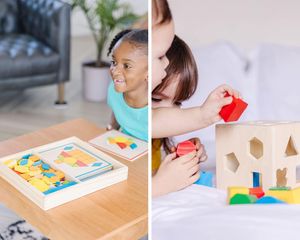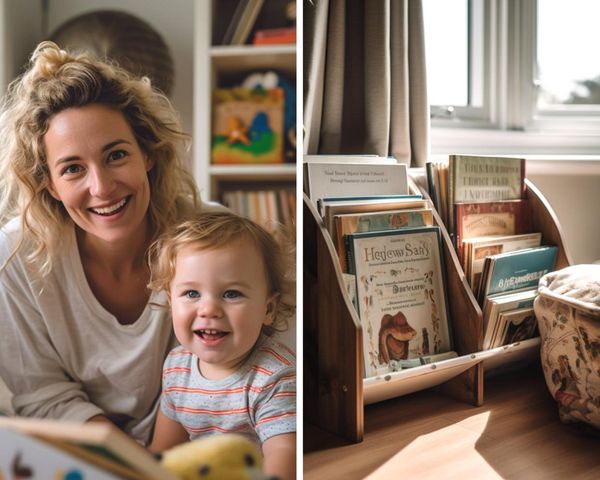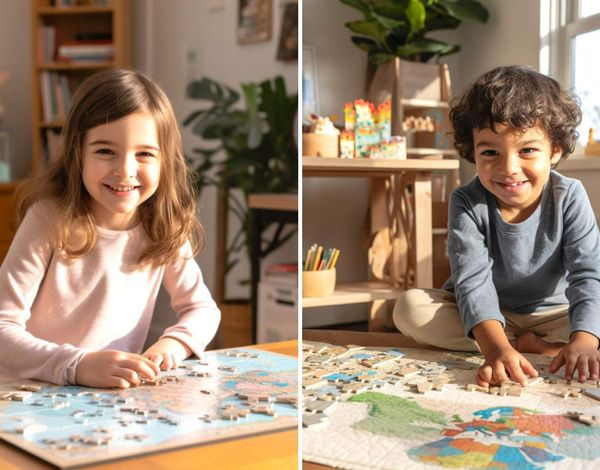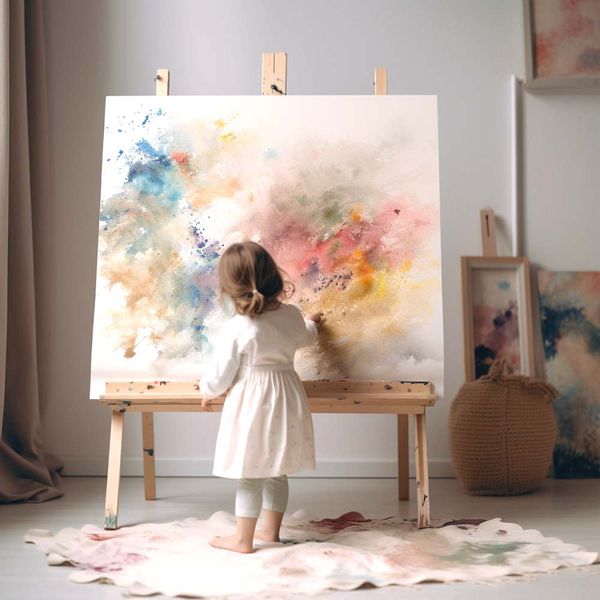If your living room resembles a war zone, with sippy cups serving as landmines and plush dinosaurs (that "Roar!" each time they're stepped on) acting as the overzealous watch guards, you're in the throes of parenting a two-year-old.
And amidst the gales of laughter, the mess, and the tender moments, there's that niggling question - how can you keep your miniature ball of energy engaged, educated, and, let's be honest, occupied enough for you to take a bathroom break in peace?
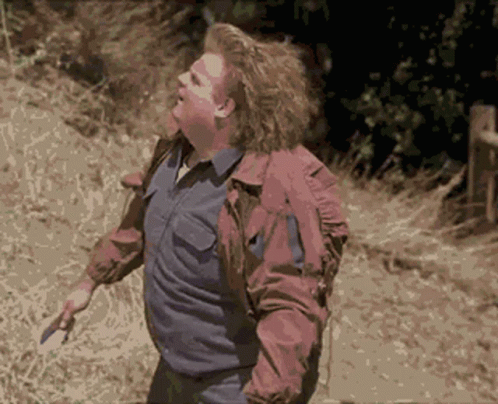
Enter the Montessori method. It's your secret weapon in this wild adventure called 'parenting a toddler,' a cheat code that morphs your two-year-old from a mini tornado into an inquisitive, self-reliant little learner.
Prepare to embark on a joyride across a colorful landscape of developmental activities - from molding playdough to threading beads, and turning your living room into a sensorial delight. We'll uncover the treasure trove of practical life skills, early literacy, and fun math games, all customized to your pint-sized Picasso's unique abilities and interests.
Here's a sneak peek:
- Explore a cornucopia of Montessori activities that cover an array of developmental milestones like Indiana Jones on a treasure hunt.
- Revel in the magic of self-directed play that keeps your child's curiosity well-fed, better than any screen time could ever do.
- Craft a home that blends daily routines with Montessori principles, shaping it into an arena that champions your child's unique interests and abilities.
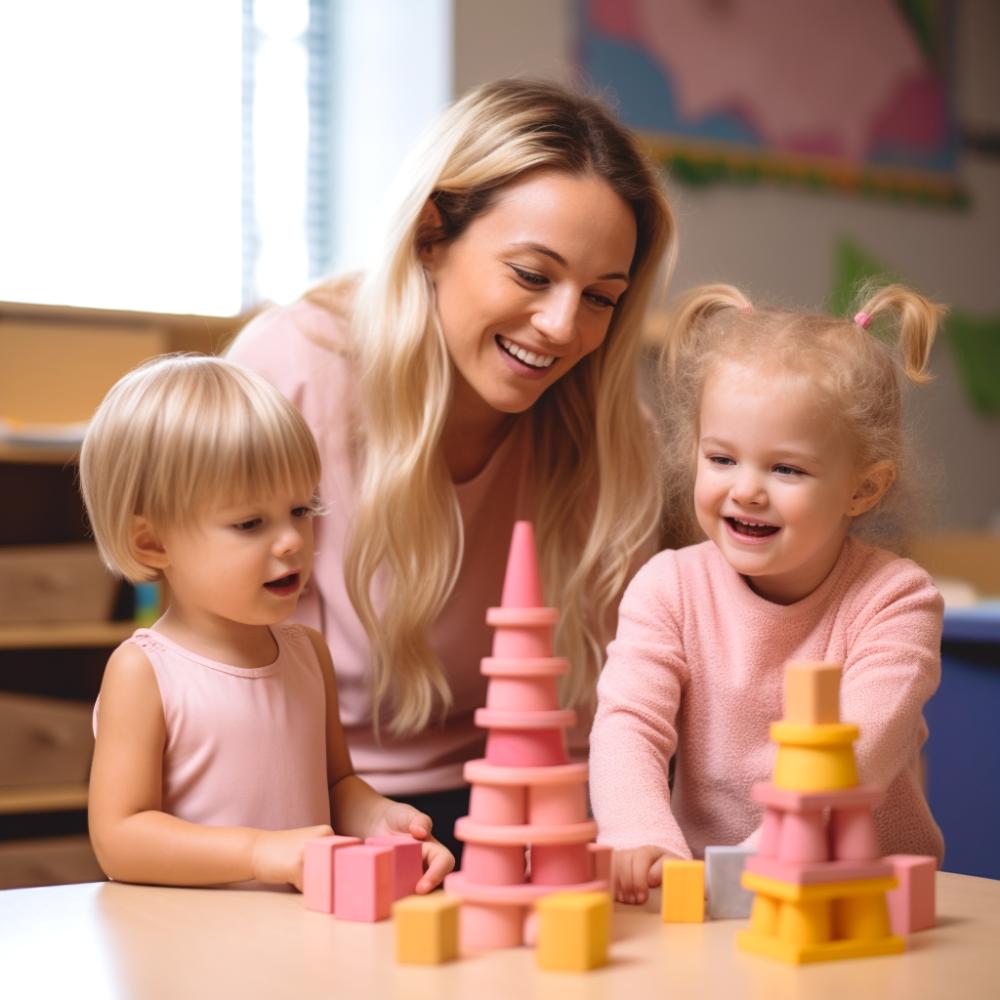
As a Montessori father who's weathered the "terrible twos" and still lives to tell the tale (thanks to my significant other mainly), I'm excited to share my maps, compass, and survival tips. So, rescue that now lukewarm cup of coffee and let's get started - one bead, one block, one dinosaur roar at a time!
Essential Principles of Montessori
Referenced in our previous exploration of the Montessori philosophy, we uncovered five key principles that underpin this approach to early childhood education. Let's quickly reorient our compasses to these points as they stand as guiding beacons for today's Montessori adventures with our 2-year-olds.
- Respect for the Child: Recognizing each tiny human as an individual, ripe with potential and rights, the Montessori philosophy encourages independence and self-directed learning.
- The Absorbent Mind: Picture a mind like a sponge from birth to about six years old, effortlessly soaking up information from the environment, highlighting the importance of stimulating surroundings.
- Sensitive Periods: Dr. Montessori identified specific windows when children are particularly receptive to learning certain skills or concepts, making it a joyride rather than a trudge.
- The Prepared Environment: Think of a space purposefully curated to ignite curiosity, independence, and learning. Every element in a Montessori classroom is meticulously arranged to engage the young learners.
- Autoeducation (Self-Education): This principle advocates that children, given the right tools and environment, can lead their own learning journey.
From my Montessori parenting hat perspective, these principles aren't just guiding posts for your child and other children's development, they serve as a tribute to the boundless potential of children. They embody a respect for each child's individuality, empowering them to stride confidently onto the stage of lifelong learning, and act as a roadmap for character development and the cultivation of critical life skills.
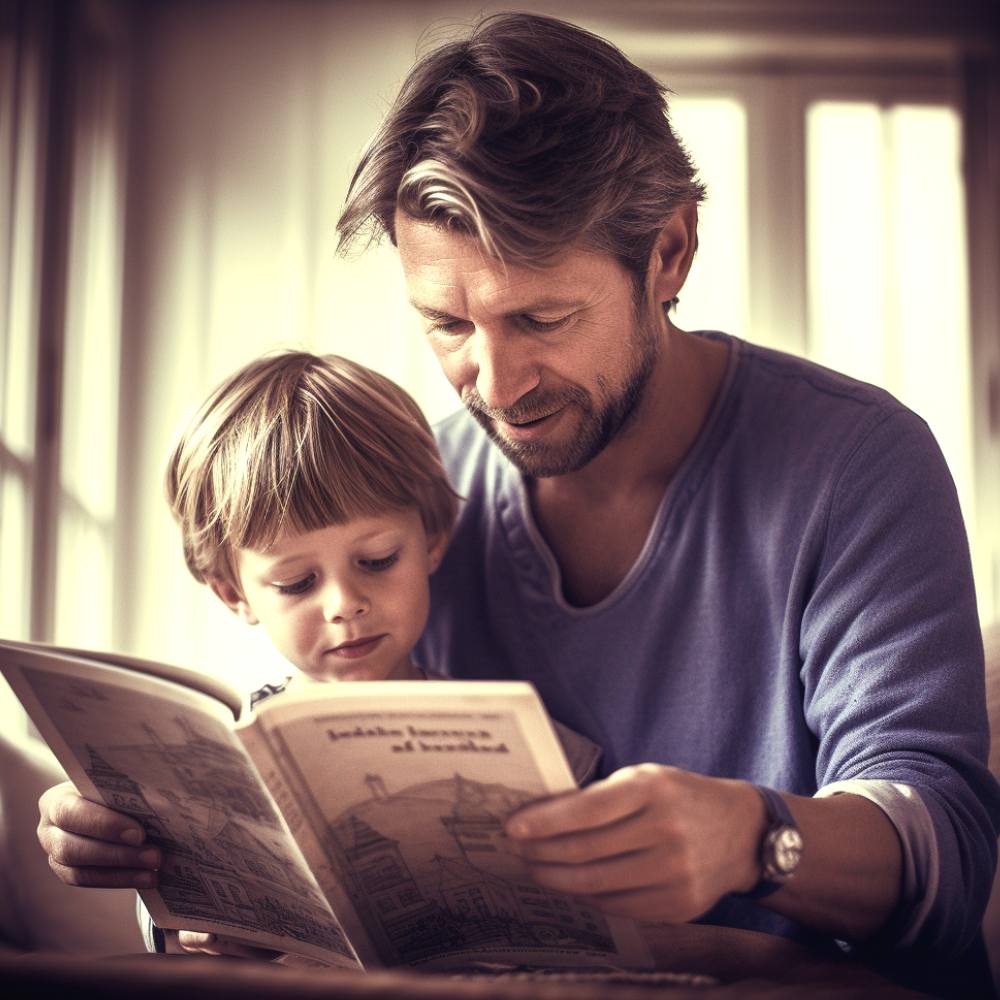
If you fancy a deeper dive into these principles, feel free to explore more in my article on The Montessori Philosophy. But for now, armed with this understanding, let's turn our focus to the specific Montessori materials and activities for 2-year-olds, guided by these illuminating principles..
The Magic in Those Little Fingers: Fine Motor Skills Development
A key focus in the Montessori approach, and as a Montessori-informed dad, there's no greater thrill than watching my little one's dexterity improve, bead by bead, dough squish by dough squish.
And let's be honest, it's not just their skill that's on the upswing, but the serious parenting clout you earn for being part of the process (while being fully prepared for any Play-Doh in your coffee incidents).
Let's explore three Montessori-approved avenues for enhancing fine motor skills in your 2-year-old: Beads and Counting, Sewing and Playdough, and Transferring Activities.
Beads and Counting
Beads - the tiny objects that transform into developmental gold mines under the Montessori lens. Threading them one-by-one onto a string is a fantastic way to boost hand-eye coordination and numerical comprehension. It's like watching a mini live-action show of evolution as their fine motor control improves, all while paving the path to early math concepts (and bead cleanup duty).
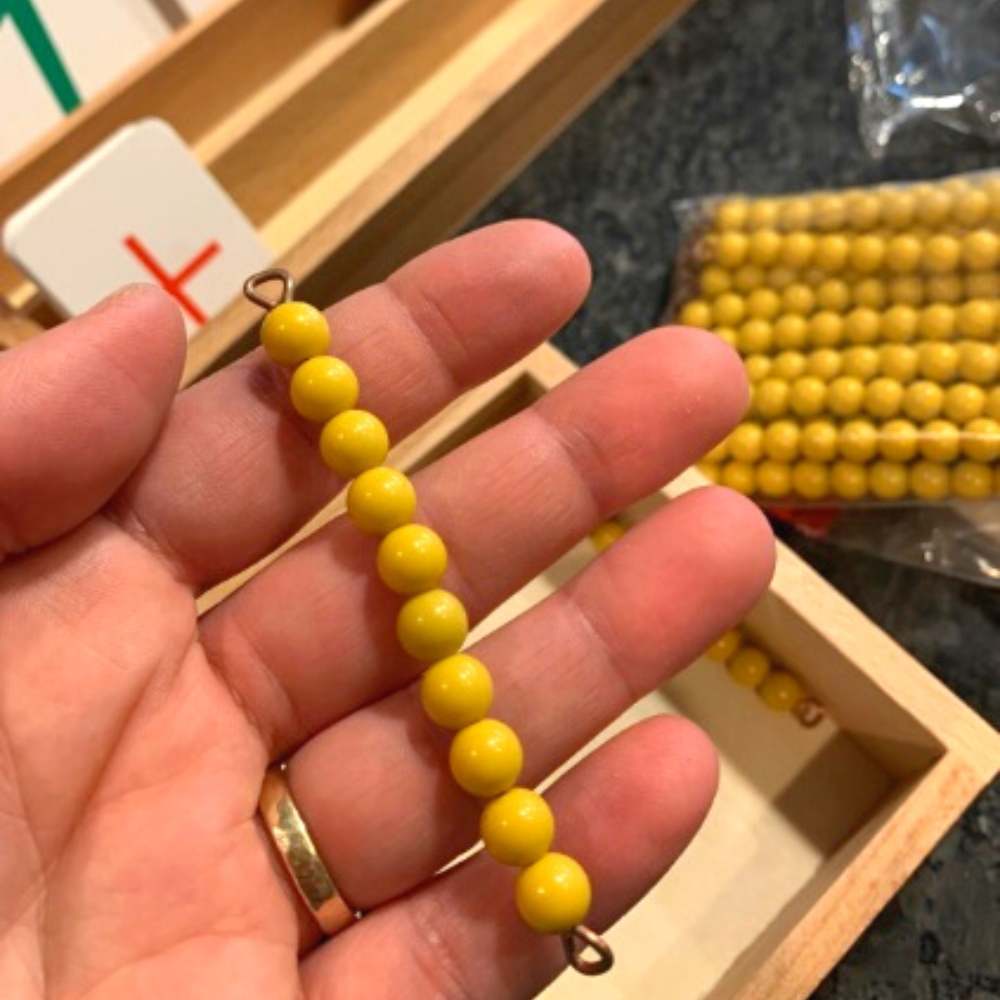
Sewing and Playdough
Sewing might sound a bit highbrow for most toddlers, but hear me out. With plastic needles, yarn, and a cardboard canvas, sewing morphs into a rewarding and developmentally-rich experience. You'll be amazed at the magic their tiny hands can weave once they get going (warning: mess incoming though!)
Next, we roll into the realm of Play-Doh - the quintessential childhood favorite. As your tiny sculptor rolls, squishes, and shapes their masterpiece, their motor skills and hand-eye coordination receive a fun workout. It's also an excellent opportunity for them to recreate everyday objects, or try their hand at 'writing' letters and numbers. All while enjoying the fun, and occasionally creating a few unintentional yet highly artistic carpet designs.
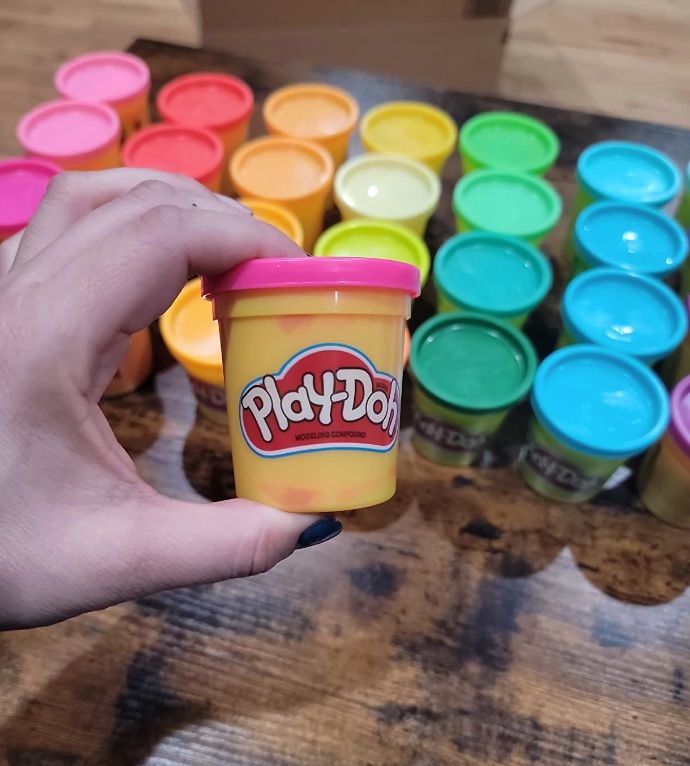
Here's a top choice from Amazon if you're keen to get started!
Transferring Activities
Transferring activities are the humble workhorse of the Montessori preschool world. Simple, effective, and endlessly adaptable. Be it moving mini objects from one container to another using tweezers or engaging in more complex tasks like sorting or counting as they transfer, it's a whole lot of practice fine motor skills development packed in one activity.
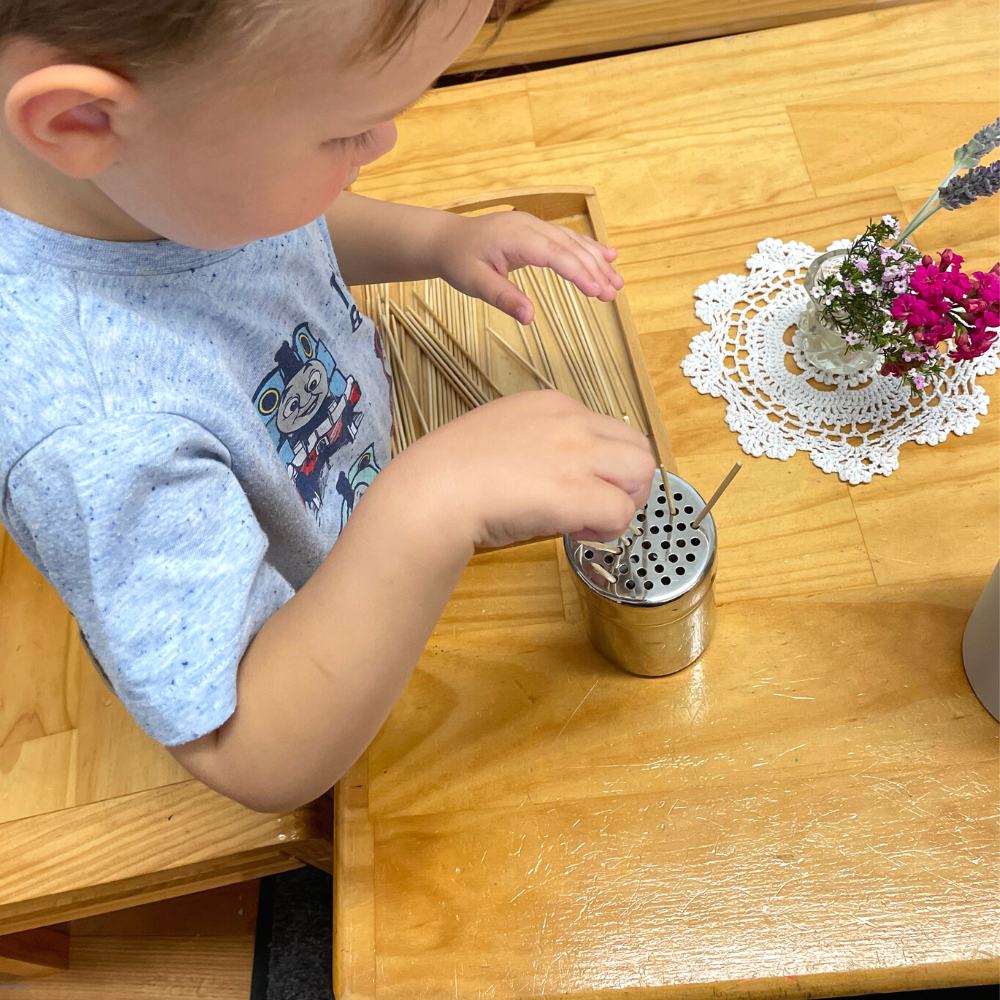
And remember, the Montessori journey is a marathon, not a sprint. As is always my message, these activities can be tailored to fit your child's pace and growth.
The Thrills of Sensory & Movement Activities
Ready for the next roller coaster ride on the Montessori path? Sensory and movement activities. This part of our journey is all about embracing the senses, getting a bit messy, and yes, definitely running around.
Natural Materials and Sensory Experiences
Montessori wisdom encourages us to introduce natural elements in our children's play, because let's face it, nothing quite beats the sensory fiesta offered by leaves, rocks, sand, or even the feeling of a good old rain shower (and yes, I'm referring to the children, not the parents who have suddenly missed their childhood freedoms).
Exploring these elements not only heightens their sensory perceptions but also cultivates a deeper bond with nature. My two rascals and I love to dance in the rain, becoming instant maestros of the raindrop orchestra, and engaging in quality 'wet sock' time (much to the dismay of their mother - who again - I really hope doesn't read my blog in detail).
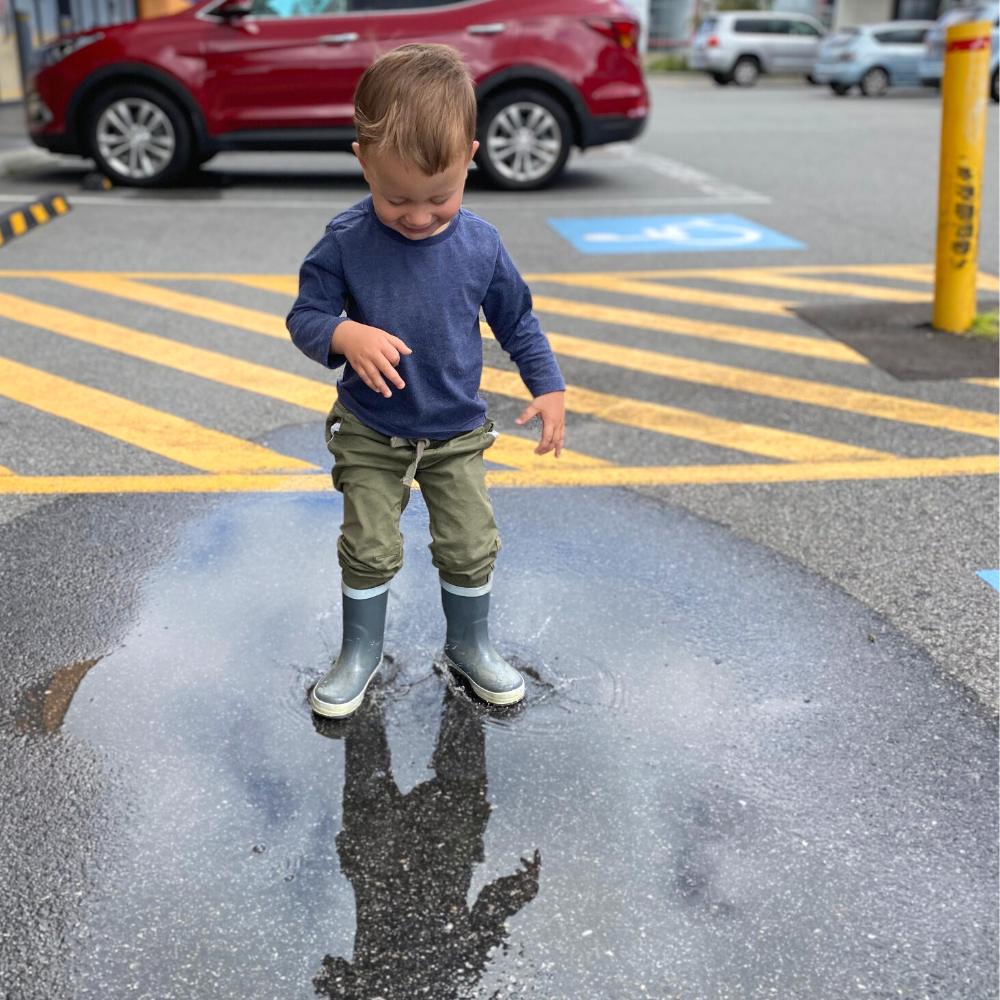
Another favorite activity at my household is the sensory tray - a carnival of textures and smells. With sand, pebbles, soft fabrics, and even a hint of essential oils, it becomes an olfactory playground that has been known to keep the minions engaged for hours (or at least until the next snack time).
Hands-On Movement Activities
Movement and 2-year-olds go together like peanut butter and jelly. They're a combo that spells F-U-N and learning. Balancing, crawling, rolling, or just a heartily enjoyed session of puddle jumping after the rain - these activities offer more than just the joy of movement. They help refine motor skills, boost hand-eye coordination, and imbibe a child's sense of accomplishment.
Our favorite hands-on movement activities include:
- DIY "Stomp-a-thon" in the rain puddles as mentioned
- Navigating mini "Everests" at the park, or build your own in the backyard if you have space.
- The at-home 'Symphony' with pots, pans, and spoons
- A few rounds on the outdoor play gym to hone those gross motor skills
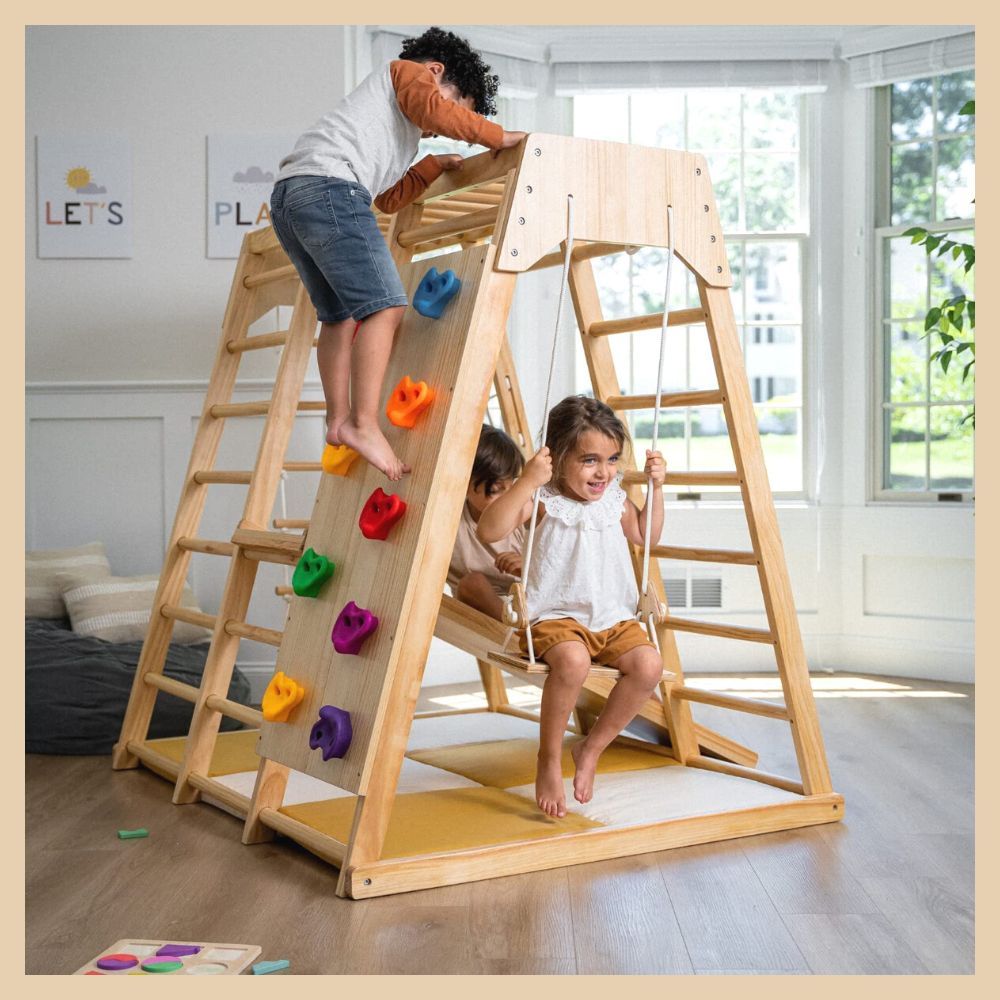
Incorporating sensory and movement activities in our daily routine has been a catalyst for our kids' holistic development. Especially for Andreas, our current two year old, he loathes being inside, and just wants to move outside. He is a much happier child, and we have seen this joy translate to happier meal times, more interactions and overall great moods. Now this is one piece of anecdotal evidence, but give it a shot and let your child tell you whether it is for them or not.
Practical Life Skills and Activities
When it comes to Montessori activities for 2-year-olds, I find that practical life skills and activities are an essential part of their experience. Not only do these activities benefit their cognitive development, but they also teach independence and coordination.
In this section, we'll explore a few key montessori practical life activity and activities: Pouring, Spooning, and Sorting, as well as Independent Play and Self Care.
Pouring, Spooning, and Sorting
Pouring, spooning, and sorting are classic Montessori practical life activities that captivate 2-year-olds and foster their hand-eye coordination. For example:
- Pouring: Fill a small pitcher with water, and let your child pour the water into a cup. Let them experience the cause and effect of the action, including spills. This helps them understand how much force is required to pour without overflowing.
- Spooning: Provide dry items, such as beans, rice, or pasta, in a container and have your child transfer them using a spoon to another dish. This practices fine motor skills and precision.
- Sorting: I love to have my child sort objects by size, color, or shape. Try buttons, beads, or different shaped pasta for a fun and enriching activity.
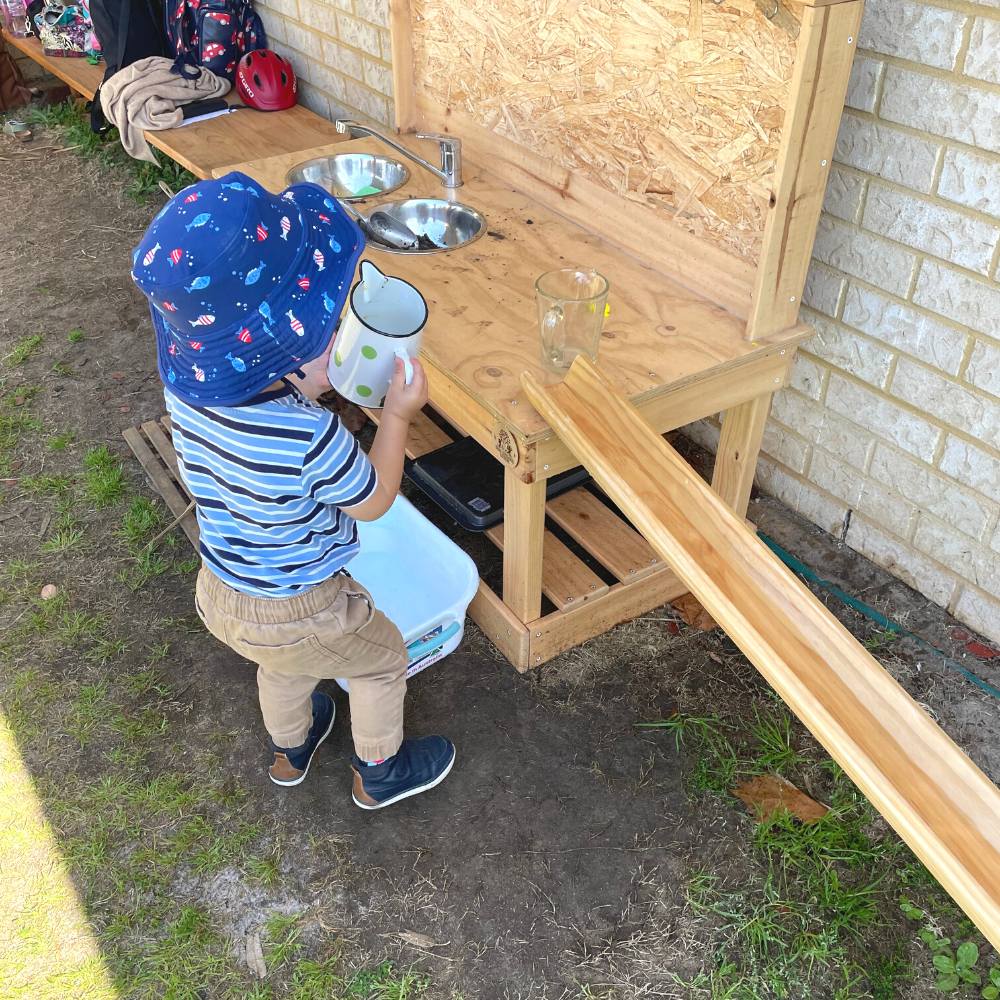
As a result of these activities, not only does our young child feel satisfied by their newfound abilities, but they also gain valuable practical life skills that become part of their everyday life.
Independent Play and Self Care
Independent play is another integral part of the Montessori philosophy, as it encourages children to explore their environment and engage with materials at their own pace. I've observed with mine that when they play independently, they gain a sense of focus and confidence (and the MMA-style "brotherly love" is significantly reduced)
In addition to independent play, it's crucial to introduce self-care activities in a Montessori environment. Encouraging self-care helps promote empathy, self-awareness, and independence.
Here are some age-appropriate activities that we practice with our 2-year-old:
- Feeding themselves: Using a fork, spoon, and cup, we allow mini-me to take control of his mealtime, exploring textures and flavors independently. It's worked so well, that he doesn't let us feed him at all, which is slightly problematic when it's curry, anything with red sauce, or soup (well, goodbye carpet!)
- Dressing: I encourage our little one to attempt dressing himself, offering assistance if needed but allowing them to navigate zippers, buttons, and other fastenings. It's a...work in progress, but the important thing is, we're doing it!
- Hygiene: Developing routines for brushing teeth, washing hands, and navigating bathroom activities boosts confidence and teaches responsibility.
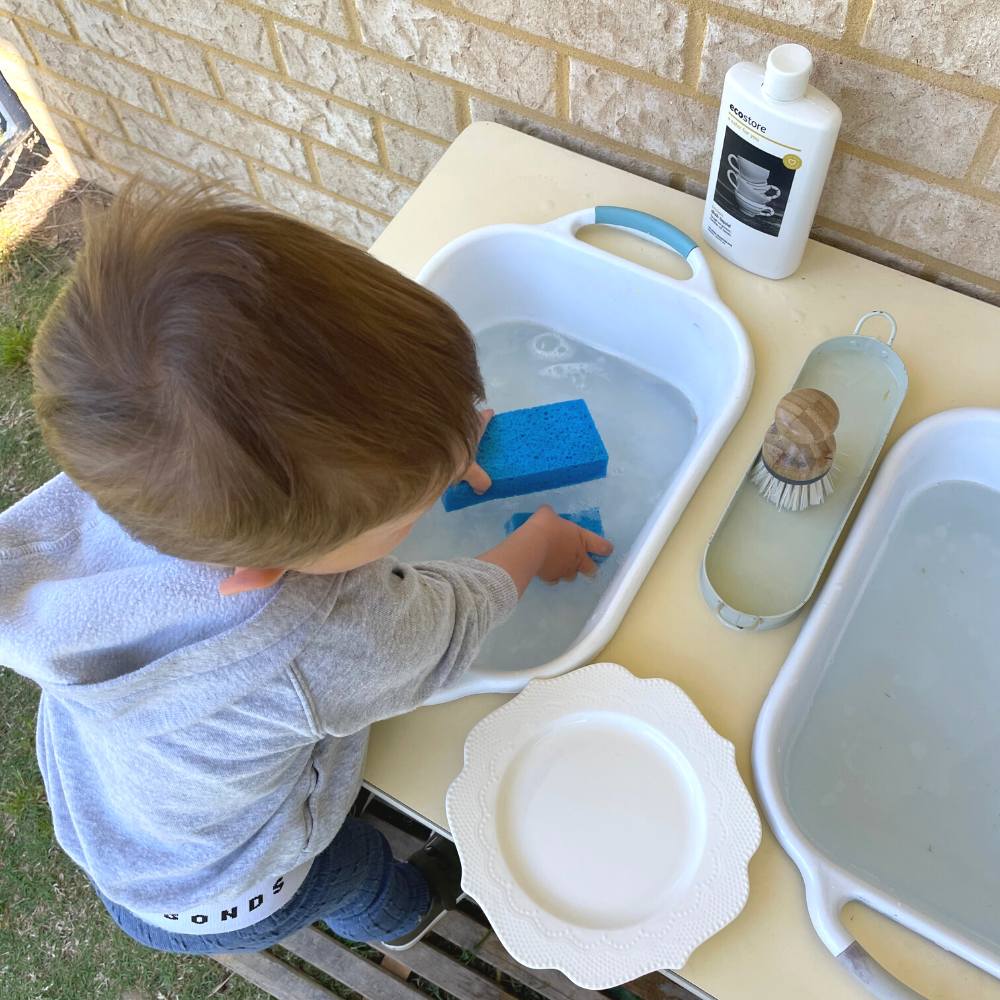
As I weave these practical life activities into the fabric of our daily routine, I watch my little one bloom in their quest for independence and self-care skills. And let me tell you, there's nothing quite like that proud parenting moment when your toddler insists on pouring their own milk and only floods half the table instead of the entire kitchen.
It's in these glorious, sometimes messy moments where the heart of the Montessori parenting philosophy comes alive.
Literacy and Math Skills
Ever feel like trying to teach a 2-year-old literacy and math is akin to asking a goldfish to tap dance? Oh, I've been there. But as a Montessori parent, I can tell you it's not as daunting as it sounds.
With Montessori activities, we're not just crunching numbers and reciting the alphabet, but weaving these skills into playtime like a secret ingredient in their favorite dish.
It's all about stirring curiosity and making learning as exciting as finding an extra cookie in the jar.
Letter Recognition and Alphabet Activities
One of the first steps in early literacy for younger children is recognizing and understanding the alphabet. I've found that using Montessori-inspired alphabet activities can help foster a love for reading in my two-year-old:
- Sandpaper Letters: These tactile letters help young children associate the shapes and sounds of each letter.
- Letter Matching: Provide an assortment of objects and items that begin with different letters and encourage your child to match them with the corresponding letter.
- Alphabet Puzzles: These puzzles offer a hands-on way for children to explore letter shapes and sounds. Here's a great one I've found on Amazon!
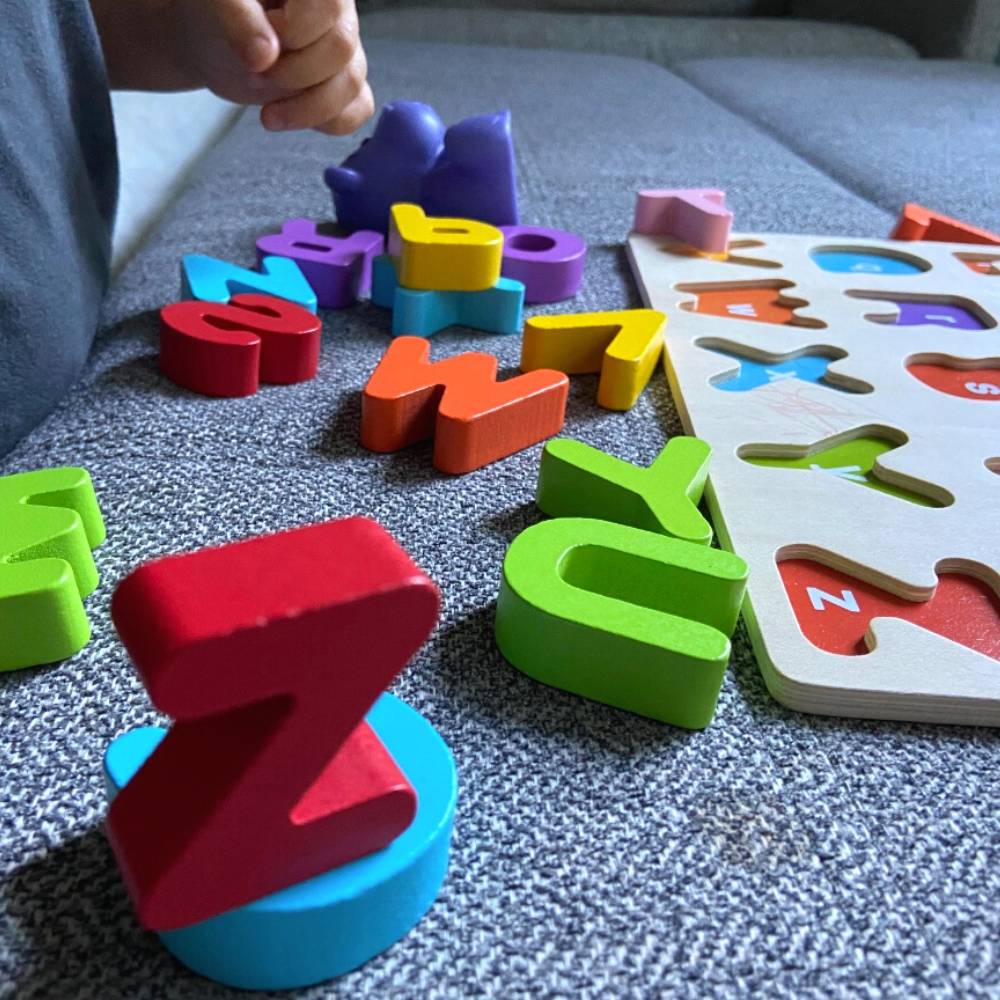
Number Recognition and Counting Games
Fostering a love for math starts with nurturing an understanding of numbers and counting. Montessori-inspired math activities are perfect for two-year-olds:
- Counters and Sorting: Use objects such as rocks, shells, or beads for children to count and sort by size, shape, or color.
- Number Puzzles: Similar to alphabet puzzles, these help children become familiar with the shapes and order of numbers.
- One-to-One Correspondence: Offer a set of objects and have your child match them to corresponding numeral cards.
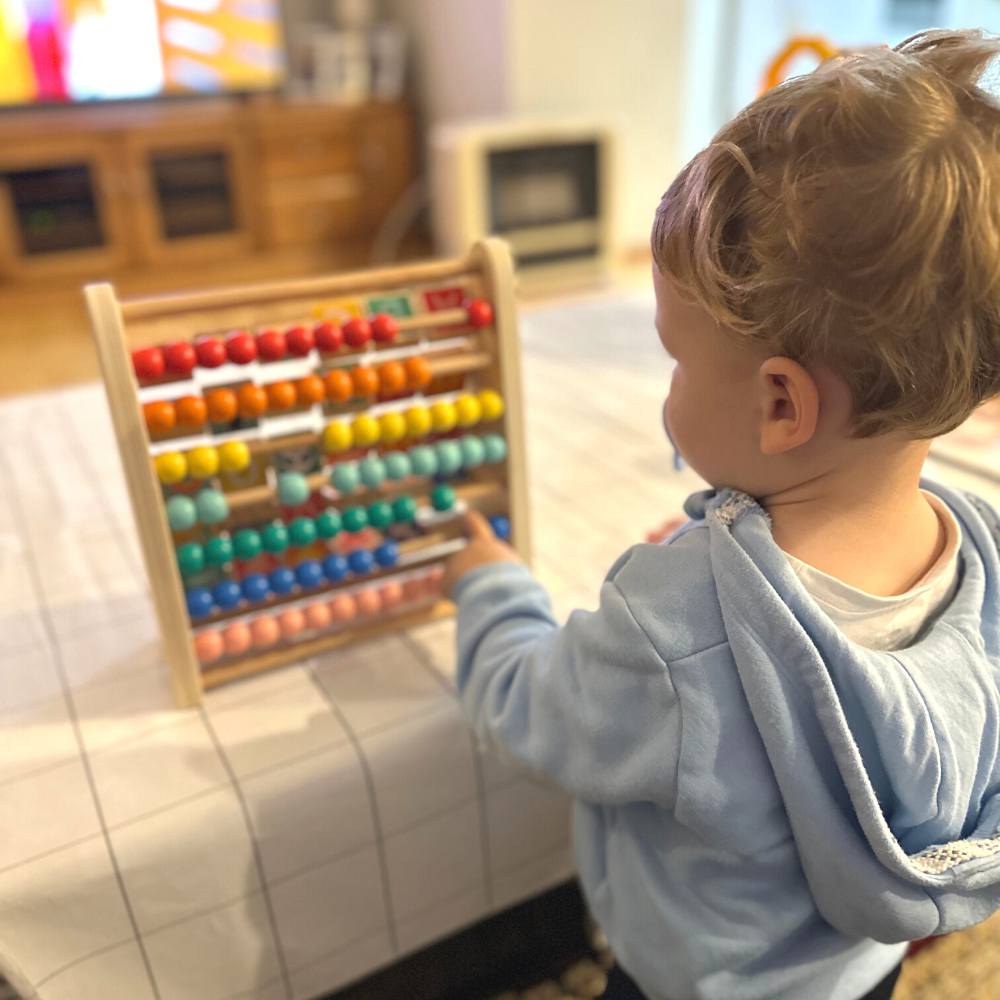
Seeing your child's eyes light up as they grapple with letters and numbers - it's like watching a live commentary of their brain's fireworks show. Thanks to Montessori, we've got a front-row seat to their transformation into eager, independent learners. And while the thrill of seeing them master "A-B-C" and "1-2-3" is great, the real treat is realizing we're cultivating pint-sized philosophers who'll one day question, understand, and maybe even challenge the world. Now, that's something to savour and be proud of my fellow parents.
Tips For Implementing Montessori Activities at Home
Creating a Montessori-friendly environment for toddlers at home is like designing a personal amusement park for your tot. If you're ready for the rollercoaster ride, here's a brief guide to creating your very own 'Toddler Land':
- Organization and Simplification: Think low, neat shelves filled with toys, materials, and activity sets like the ones we discussed: bead counting, playdough shaping, or even sensory trays. Just like my laundry pile, these should be rotated regularly to maintain interest.
- Designated Learning Areas: Create distinct activity zones, whether it's a corner for mastering transferring activities, a spot for sewing, or a sensory space for exploring natural materials. Trust me, it's a game-changer.
- Child-Sized Furniture: Remember, this is a small world after all. Low tables, chairs, and shelves enable your mini-me to reach, use, and return materials, which is a lifesaver during activities like playdough creation or letter and number formation.
- Natural Materials: Toys made from wood, fabric, or metal are ideal, providing textures that turn sensory and movement activities into rich learning experiences. Think of it as giving your child a sensory buffet. If you're looking for some amazing products for your 2 year old, check out my review of some of the best age appropriate products on the market.
- Foster Independence: Include features that promote self-reliance, like a low sink for handwashing after messy activities or step stools to access those tricky high spots. Watching them grow more independent is even more rewarding than finding a chocolate stash you forgot about.
- Nurturing Atmosphere: Infuse their space with warmth, support, and the freedom to explore, make mistakes, and grow. After all, nothing enhances learning literacy and math skills more than a nurturing environment.
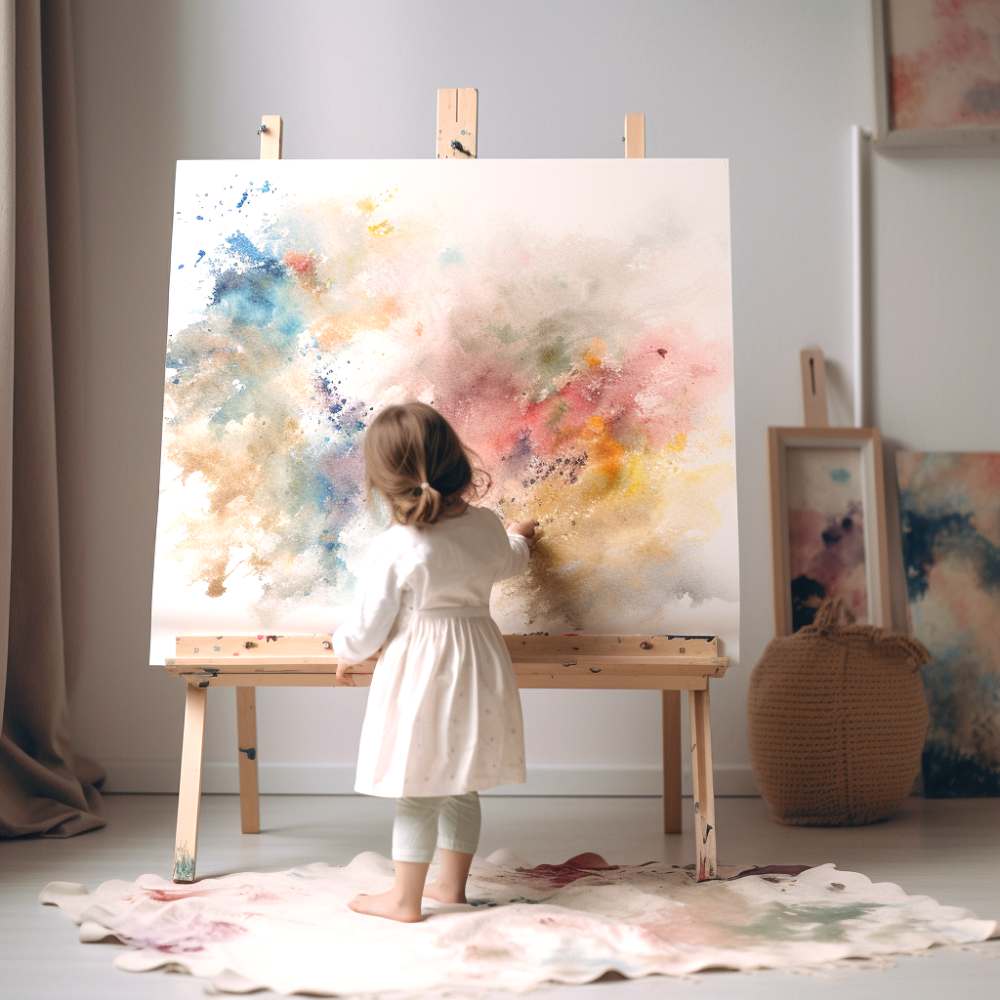
Still spinning from all this info? Don't worry! To help you navigate this 'Toddler Land', I've detailed everything (including the potholes I've tripped into along the way) in my article, "Revolutionize Learning: Montessori Activities at Home". Dive in for a more comprehensive guide to creating your home-based Montessori universe.
Our Closing Thoughts
Wrangling the Montessori way of life is like herding cats, a thrilling adventure packed with unpredictably delightful moments. We've journeyed through beads and counting for fine motor skill development, marveled at shapes made of playdough, dared to tread the needle for sewing, and even delicately handled tiny objects with tweezers - all under the Montessori umbrella that fosters our little sprouts' independence.
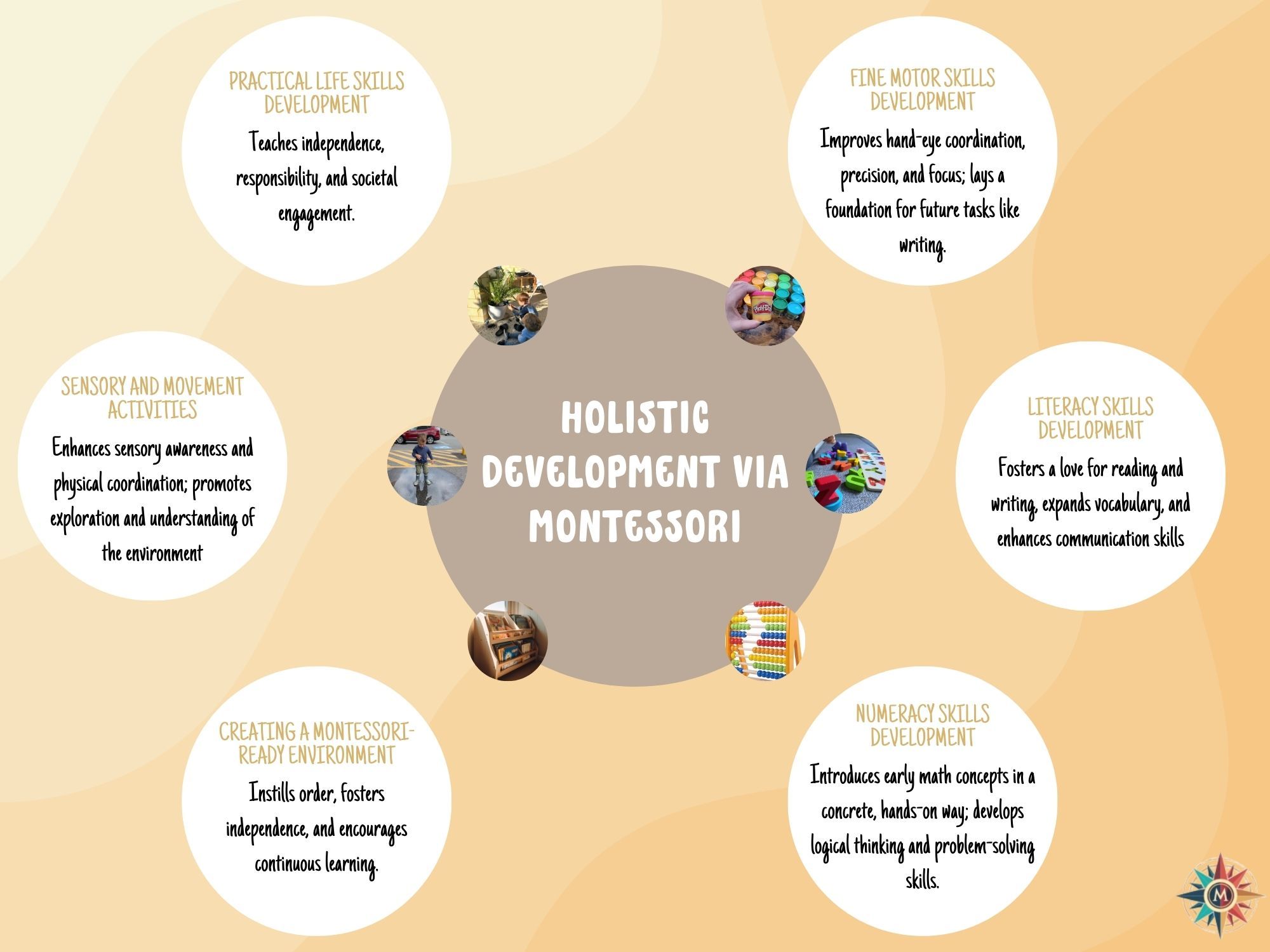
There's a profound beauty to Montessori's adaptability, and if there's one golden nugget you take away from our adventures, let it be this:
Montessori isn't about creating pint-sized Einsteins, but nurturing children's innate curiosity, problem solving skills, building their confidence, and preparing them for life's challenges. It's less about achieving milestones at lightning speed and more about allowing your child to take their time, explore, make mistakes, and learn at their own rhythm.
So, brave parents, as we continue to navigate the wonderfully chaotic symphony of raising children, remember, every bead threaded, every letter drawn, and every joyous puddle splash is a testament to their boundless potential.
In the end, parenting, much like finding that elusive matching pair of socks, requires patience, resilience, a healthy dose of humor, and, when all else fails, a secret chocolate stash. Until next time...happy parenting!



